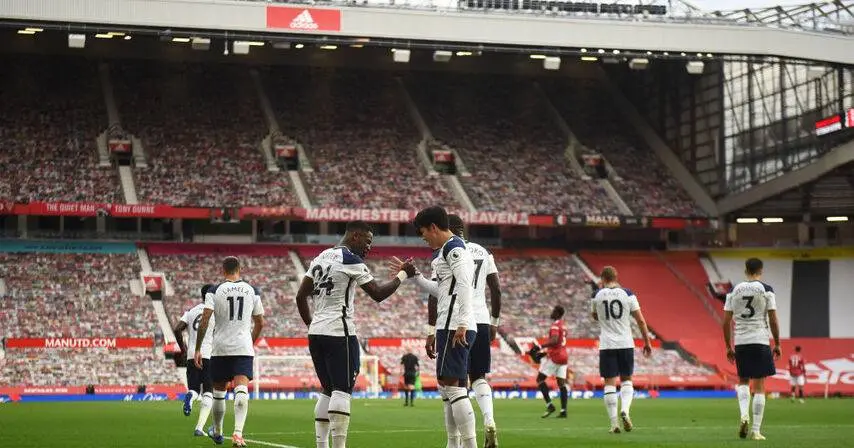
Everything Essential About the Follow-On Rule in Test Cricket
Get to know every important informational piece about the follow-on rule in Test Cricket.
It is not a new phenomenon. It has been prevailing as a rule of Test cricket for years now. The follow-on rule facilitates the test match, and it often empowers the team who enforces it.
What is a Follow-On Rule?
It is an optional rule in cricket. As per this rule, the team that batted second could be asked to play their second inning right after its first one by the opposing team.
This rule is used in long-format cricket like Domestic First Class and International cricket. Each team needs to bat two times. A team cannot win a match until the completion of at least three innings.
Exactly when in the game, does this rule apply?
The follow-on rule comes into application if the difference in the runs between the teams in their respective first innings is higher than a defined margin.
Who has the Authority to Decide the Follow-On?
The Law14.2 under the Laws of Cricket states that-
“A captain shall notify the opposing captain and the umpires of his/her intention to take up this option. Once notified, the decision cannot be changed.”
As per the above statement, the captain of the team that batted first in the match can impose the decision of follow-on.
When does a captain choose the follow-on rule in Test cricket?
If the captain’s team is in the commanding position and can possibly bring out the conclusion at the earliest by bowling out the opposing team twice within its total of the first innings.
The Minimum Lead Essential for Enforcing Follow-On
The Test cricket has a complete law book which defines every rule and regulation of the game.
Law 14 of the Laws of Cricket states that the lead required by the teams to enforce follow-on is related to the match’s length.
A team needs a lead of 200 runs or more to enforce the follow-on in a five-day Test or more.
For a domestic First-Class cricket tournament, a team needs a lead of 150 runs or more to apply the follow-on.
Law 14.1.3 states that-
“If no play takes place on the first day of a match of more than one day’s duration, 14.1 shall apply in accordance with the number of days remaining from the start of play. The day on which play first commences shall count as a whole day for this purpose, irrespective of the time at which play starts.”
Follow-On in Test – Why and Why Not?
The major reason why teams choose to go with follow-on is to derive advantage from the opposing team’s poor performance after scoring a low total. The team enforcing the follow-on gets a psychological advantage over the competitor.
Though the Test follow-on rule has been around for a while, recently, the teams have started avoiding it recently. The follow-on rule comes with a disadvantage as well. Teams have also been wary of the fact and a dicey outcome where they would be needed to bat last on a pitch that has been worn out and makes it harder to bat on.
Interesting Incidents on Follow-On
As of 2022, follow-on has been enforced for 294 Tests since 1880.
There have been some cases where the team enforcing the follow-on has lost the Test. Australia is one such team that has faced this situation for a maximum number of times. In total of three matches, Australia enforced the follow-on but lost the match.
- India vs Australia – Kolkata – 2001
- Australia vs England – Leeds – 1981
- Australia vs England – Leeds – 1981
England is another team that lost after enforcing Test match follow-on rules against New Zealand in 2023. England lost the match by 1 run.




